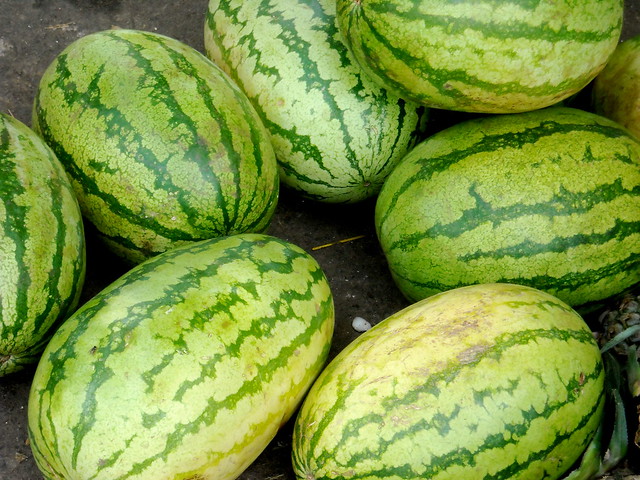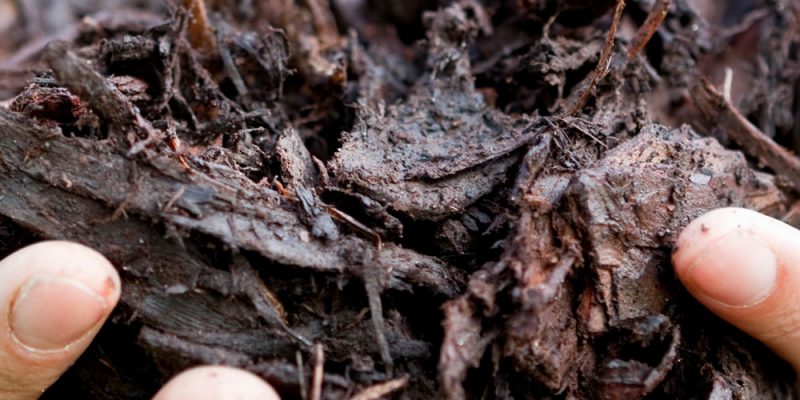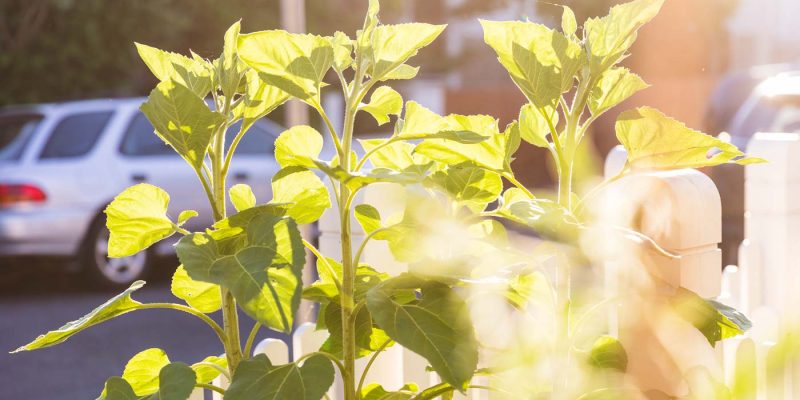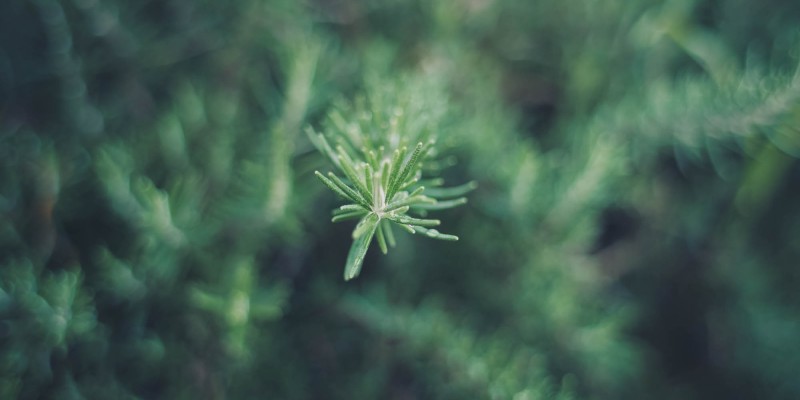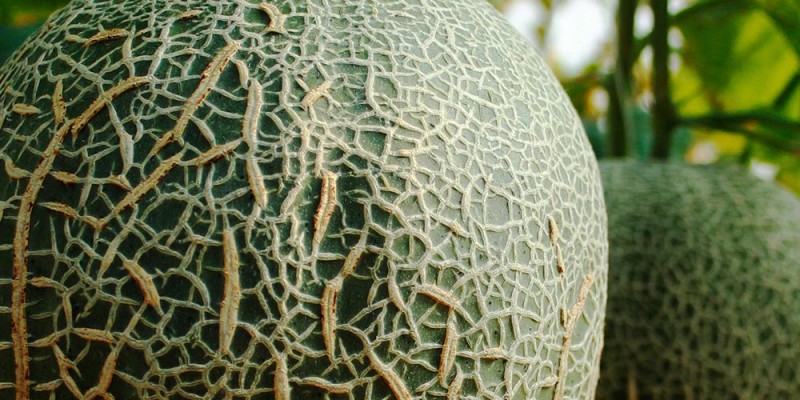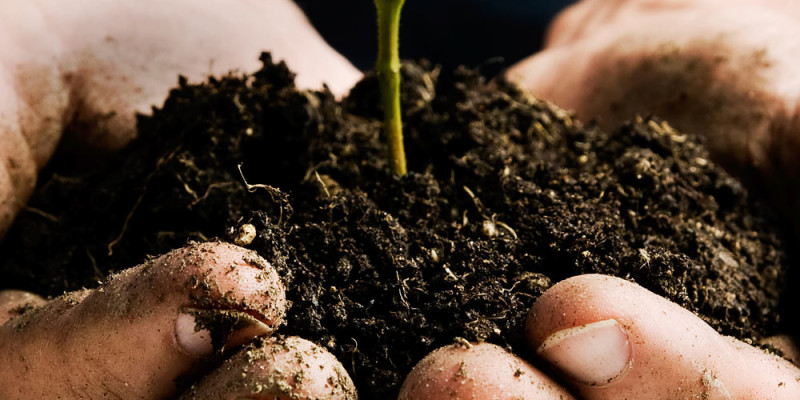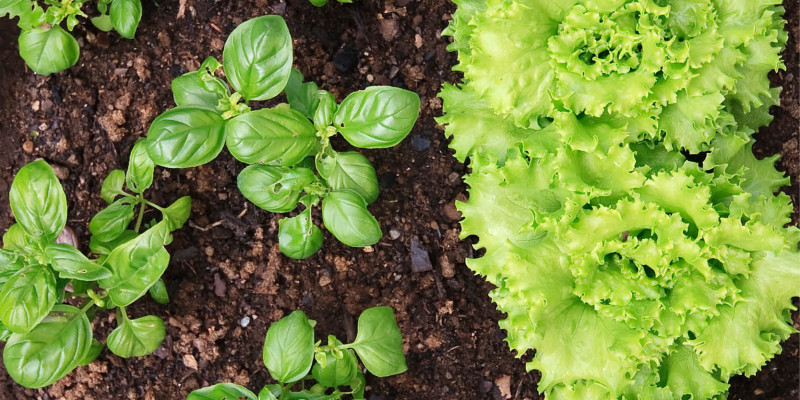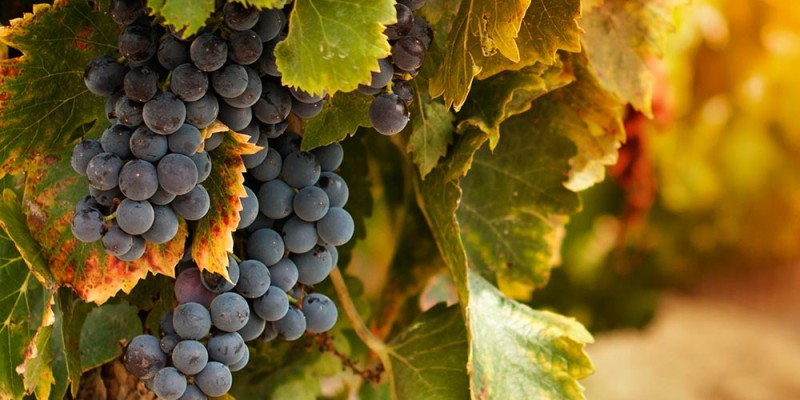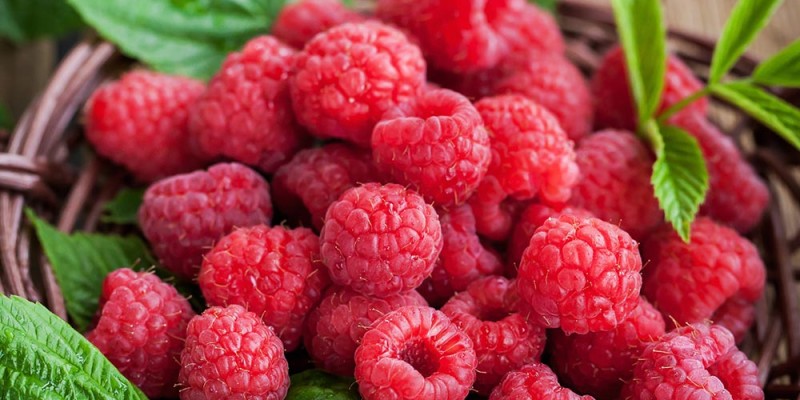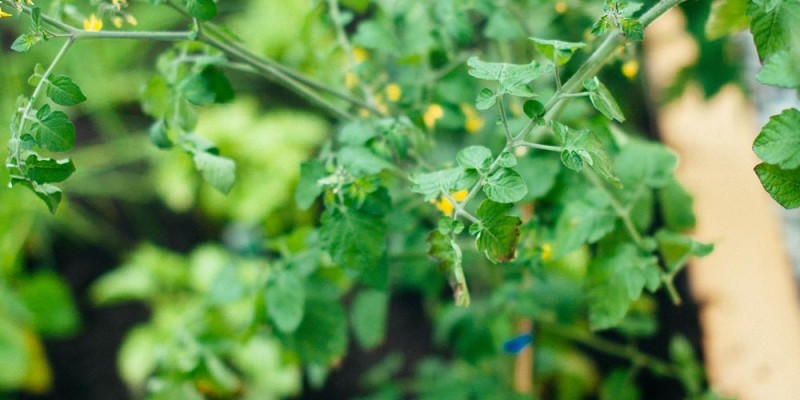It is February and in the northern hemisphere the 2016 growing season is just around the corner. It is time to start planning what you want to grow in your urban garden. Planning your garden can be a daunting task but if done correctly I not only have had a lot more success but I harvest far greater yields throughout the season.
On part 2 of the Urban Gardening Series I will go through the tips I use to narrow down what I grow in my garden and how I make sure the garden will produce the most organic food possible.
In part 1 of this series we started researching what you would like to grow in your 2016 garden. In just a few short days that inspiration has lead me to have a list that has more plants that I have space to grow.
Today I thought I would go through how to narrow that list down so that I can grow the most with the least effort. For the purposes of today’s episode I am going to focus on annuals or plants you have to re-plant every year like tomatoes and carrots. I keep a separate list of perennials as they require difference considerations and a little more commitment.
Narrowing down the planting list
At this point it may seem impossible to narrow down the list to what you want to grow in your garden. That is perfectly alright. I go through this process absolutely every year.
I made a deal with my wife that while our son uses the back yard to play I would keep my garden in this fenced area. This restricts the area I have to garden and while there are techniques to maximize the spaces used it am ultimately restricted.
With this restricted space let us focus on how I narrow down my endless list of plants that I want to grow and make sure the garden is as effective as possible.
Know your space
Before you start whittling down the list it is important to know the space you have available. For now I know I have 112.5 square feet or just over 10 square meters for planting my annuals.
If you have not built your garden yet and this is your first year I usually suggesting building an 8 foot by 4 foot raised bed. In metric that’s 2.4 meters by 1.2 meters. This size can produce a lot of food and with clear walking paths around them you should be able to reach the entire garden without having to step or lean on the soil.
This is important as stepping on the soil can damage it reducing how much you grow.
Once you know the area you are working with you may want to write down how much space each of the proposed plants take. The book I recommended in part 1 of this series Square Foot Gardening by Mel Bartholomew has recommended planting densities that I have in the past found useful.
The reason I do this is it lets me figure out how much I can cram in my limited garden space to increase harvest. Most seed packages assume you are gardening in rows. Row gardening does eat up a lot of space than the planting densities recommended in square foot gardening. I usually disregard the spacing recommendations on the packages.
Jot down the recommended space for each of the crops. This may come in handy nearer to the end of this process.
Grow what you eat
The first thing I usually do to narrow the list is look at the groceries we constantly use in the house. If you or your family won’t eat it then it may be worth your efforts to focus on other crops.
With that in mind many rules there are exceptions. My wife and I always select varieties that we have not often used in order to expand our horizons. We usually only do this after some research into dishes we both enjoy and those new crops are a part of. This year we have been enjoying dishes from Asia and have added crops like pok choi.
What works well in your area
The next thing I do is take a look at the plant list that I have left and research what does well in my area. You can fight the weather however it will require significant energy and cost.
I very rarely try to grow things like long season hot weather crops in my garden as I have neither a long season nor usually high heats.
So instead of selecting a large watermelon variety I am going to grow things like leafy greens, root crops and small bodied fruits like tomatoes and peppers that generally do well in my short intense season.
In the spring and fall I do try to extend my season however even my winter garden relies on crops that are already cold hardy and I simply protect them a little longer. I don’t try to extend my warm weather crops like tomatoes.
Working with nature will definitely make the season a lot more enjoyable and increase what you will be able to grow.
Managing your losses to pests
The second way I reduce my list of plants is again to work with nature. Pests eating your crops can cause a lot of damage and reduce what you are able to harvest from the garden.
Although it usually takes a few seasons to figure out which pests you have, working around the pests will help save you from devastating losses. In my garden I struggle a lot with cabbage maggots and moths. Last year I avoided all cabbage family varieties to help kill off the pests that did a lot of damage the year before.
This year I am going to try to reintroduce some kale on my deck in containers to see if that helps exclude those pests. I will also be inter-planting a few with other non-related crops to see if that method will help disguise them.
I will only be planting a few kale varieties so if the pests find them I am not losing a whole lot from my garden.
Trying to actively to manage these pests often costs a lot of the time and money. That’s not to say in some cases I would not actively manage pests however I much prefer to rely on passive methods avoiding costly products.
Start from seeds reduce what you need to do indoors
If this is your first year learning to start seeds indoors that might be a bit daunting. If you have access to a south facing window or some grow lights might I suggest starting with a few crops and expand from there after you get the basics.
Keeping the number down will also help save a little money as grow lights are an investment if you don’t have a south facing window. Even with the free light from a window often you still have limited space. (If you are in the southern hemisphere remember you are looking for a north facing window.)
You can usually find out which crops need to be started indoors by looking at the planting schedule at the end of many gardening books or online. When I need some help I do a Google search of “planting schedule Zone 3”. I then look for a reputable source such as a university or well established gardening company.
Over time I have noticed I start my seedlings at different times than the recommendations.
The start dates in these resources are based on averages but every garden is different. I have been adjusting the dates based on the micro climate of my garden. If I run into issues such as the plant is too small or large when I send it out I make notes for the next season and overall amend my dates. For the most part these dates are fairly accurate though!
Focusing on starting a handful of crops that you are really excited about will help you ease into the science of indoor growing. If issues come up the risk is somewhat lower than if you load up like I have.
If there are warm weather crops you still want or if the ones you have started don’t go so well you can still pick up seedlings later in the season.
What is expensive in your area
Usually by this point most gardeners may be getting close to having a list that will fit in their gardens.
My wife always suggests I keep in mind what is expensive to purchase in my area. In the last episode I spoke about the 3 dollar tomatoes so I will be focusing on growing crops that would otherwise cost us a lot at the grocery store.
Although it is the off season and fresh fruits and vegetables are more expensive it is still useful to compare prices between crops. Even with the higher winter prices when comparing crops to each other you can get a good idea what will cost you more in the future. During the growing season Ill often do the same thing at farmers market to help guide my decisions the next year.
If a fruit or vegetable that is still on my list is quite cheap I will pick a more expensive one to grow at home instead.
Kid friendly
As I mentioned earlier there are always exceptions to the rules. If you have kids now is a great time to make sure you have some kid friendly plants like cherry tomatoes, snap peas and carrots.
This is especially important to me as one of my biggest goals gardening is to share some of my most cherished memories with my son and teach him about where is food comes from.
Tally up the space
Now after going through the hard part of narrowing down your planed garden make sure to tally up the space needed for each crop.
This process may help you decide how many of each crop you can plant and if you have enough space.
I usually lean towards more variety of crops and less overall harvest of one or two crops. I find this spreads out the harvest over a longer period and better suits my family ever changing meal requests. If you do have an issue with a crop or two then losses are also smaller.
A general tip I like to do is only commit 90% of my space. This leaves 10% for impulse decisions in the spring.
Summary
The process of selecting and narrowing down your planned garden is ultimately a balancing act and it does take me awhile to settle on the list. Putting some time and effort in now will not only help you get through the winter months but overall increase the varieties and overall harvest you are able to produce in the garden!
Once I have this list I can now start figuring out if you need to start seeds or can direct sow later in spring. On the next instalment I will go through starting your seed collection and some sources that you can even get some for free.
Urban Gardening Playlist:
Raised Bed Gardening for Beginners:
http://www.uvm.edu/mastergardener/documents/plantscheduledoc.pdf
[2] Water Melon Photo Free to Use Status on Google Image Search
